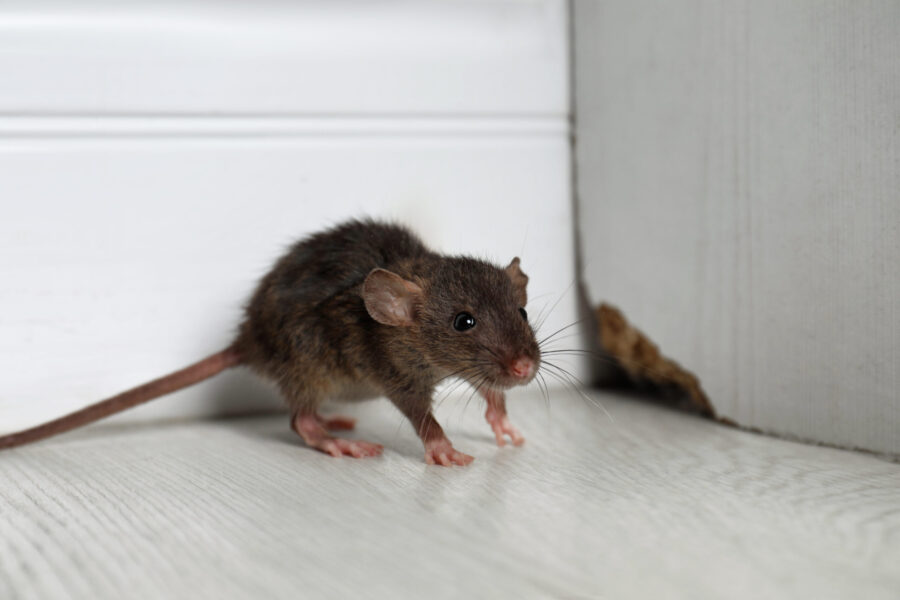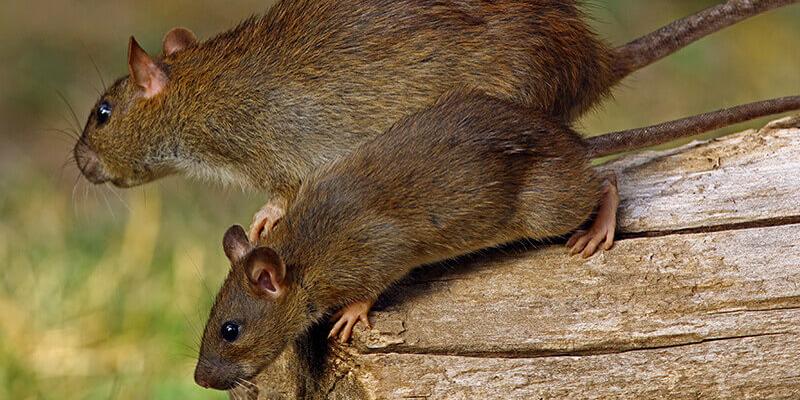Pest Detection for Perishable Goods: Is It Crucial?
Share
In today's global market, the demand for perishable goods such as fruits, vegetables, dairy, and meats is at an all-time high. As these products travel from farms to tables worldwide, ensuring their safety and quality becomes paramount. This is where the concept of pest detection for perishable goods comes into play, serving as a vital checkpoint in the supply chain.

Why Pest Detection is a Priority
Pest infestation in perishable goods can lead to significant economic losses, tarnished reputations, and health risks. The presence of pests not only damages the goods but can also introduce harmful pathogens. Early pest detection can mitigate these risks, ensuring that the goods remain safe for consumption.
With the advent of technology, methods for detecting pests have evolved. From traditional manual inspections to advanced digital solutions, the industry is witnessing a transformation. This shift is crucial for maintaining the integrity of perishable items and ensuring consumer safety.
Methods of Pest Detection
Traditional Techniques
Historically, pest detection relied heavily on manual labor. Workers would inspect goods visually, looking for signs of infestation. While this method is straightforward, it is often time-consuming and can miss subtle signs of pest presence.
Modern Approaches
Today's technology offers more efficient solutions for pest detection. Devices equipped with sensors can detect pests at early stages. These sensors can be integrated with smart trap analytics, providing real-time data to facility managers.
Moreover, AI-based systems are becoming increasingly popular. These systems can analyze patterns and predict potential infestations before they occur. Such proactive measures are essential for maintaining the quality of perishable goods.
Challenges Faced in Pest Detection
Despite advancements, several challenges persist in the realm of pest detection. One major issue is the adaptation of pests to traditional methods. Over time, some pests develop resistance, making it harder to detect and eliminate them.
Additionally, the cost of implementing advanced technologies can be prohibitive for smaller businesses. However, the long-term benefits of preventing infestations often outweigh the initial investment.
Implementing a Successful Pest Detection Strategy
For businesses dealing with perishable goods, implementing an effective pest detection strategy is crucial. This involves a combination of traditional methods and advanced technologies. Regular training sessions for staff, coupled with the integration of AI alert systems, can enhance the overall efficiency of pest management.
It's also vital for businesses to stay updated on the latest trends in pest detection. By doing so, they can adapt their strategies and ensure that their goods remain pest-free. For more insights on maintaining a pest-free environment, consider reading about pest-free home maintenance and natural deterrents.
Global Implications of Pest Detection
The importance of pest detection extends beyond individual businesses. On a global scale, it ensures the safety and quality of perishable goods in international markets. Countries have stringent regulations regarding pest control, and businesses must comply to avoid hefty penalties.
For instance, understanding the benefits of automated pest control can provide businesses with insights on how to streamline their operations. Furthermore, AI alert systems are proving to be game-changers, offering businesses a competitive edge in the market.
Conclusion
The need for effective pest detection for perishable goods is undeniable. As the global demand for these goods rises, so does the need for efficient pest control measures. Businesses must prioritize investing in both traditional and modern pest detection techniques to ensure their products remain safe and of high quality.
By staying informed and adaptable, businesses can not only protect their goods but also enhance their reputation and profitability. For additional insights on this topic, explore pest monitoring systems and warehouse pest control.

Frequently Asked Questions
What are the common pests found in perishable goods?
Common pests include insects like fruit flies, rodents, and various types of beetles. These pests can compromise the safety and quality of perishable goods.
How can technology aid in pest detection?
Technology offers solutions such as sensors and AI-based systems that can provide real-time data and predict infestations, making pest detection more efficient.
Why is it important for businesses to invest in pest detection?
Investing in pest detection ensures the safety and quality of goods, protects business reputation, and prevents potential economic losses due to infestations.
This article contains affiliate links. We may earn a commission at no extra cost to you.
